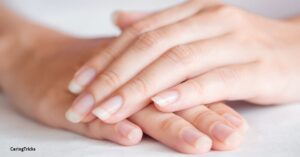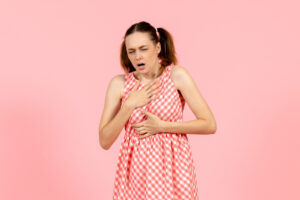Effective Home Remedies for Treating Fungal Acne: A Comprehensive Guide
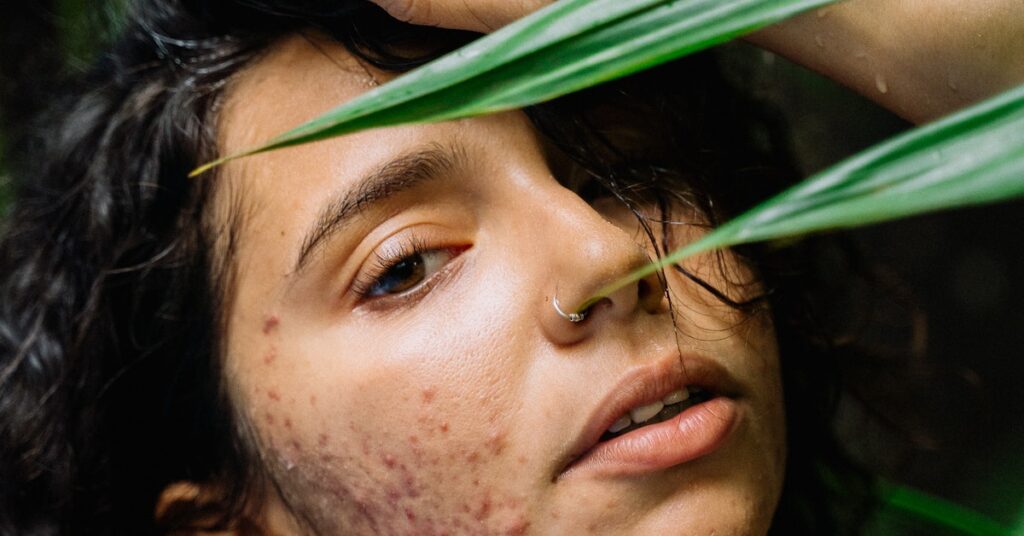
Malassezia folliculitis, sometimes referred to as pityrosporum folliculitis or fungal acne, is a common skin disorder that resembles acne but is brought on by an overgrowth of the yeast Malassezia on the skin. This type of acne is not caused by the same factors as traditional acne, such as excess sebum production or bacterial infection.
The yeast being the reason for fungal blemishes is spontaneously present on the skin and usually doesn’t cause some issues. However, absolute elements can bring about an overgrowth concerning this yeast, developing in the incident of fungal acne. These factors can include excessive sweating, humid environments, the use of occlusive skincare products or makeup, and the prolonged use of antibiotics or corticosteroids.
Fungal acne typically appears as small, itchy, red or skin-colored bumps on the forehead, jawline, chest, back, or other areas of the body. These lesions often don’t feature a whitehead or blackhead, in contrast to conventional acne. Instead, they may be uniform in size and often appear in clusters.
Antifungal drugs, such as topical lotions or oral antifungal treatments, are frequently used to treat fungal acne. It’s important to avoid using oily or occlusive products that can exacerbate the condition and to maintain good hygiene by keeping the affected areas clean and dry. But in this article, home remedies are recommended to clear the fungal acne.
Symptoms of Fungal Acne:
Here are a few typical signs and symptoms of bacterial acne:
1.Small, uniform bumps: Fungal acne typically appears as clusters of small, red or skin-colored bumps that are similar in size. The bumps are usually uniform and may have a raised appearance.
2.Itching or discomfort: Fungal acne can be accompanied by itching or a mild burning sensation, especially if the affected area becomes irritated.
3.Breakouts on the chest, back, or shoulders: Fungal acne tends to occur on areas of the body with higher sebum production, such as the chest, back, and shoulders. It can also affect the face, especially the forehead and jawline.
4.Lack of whiteheads or blackheads: Unlike traditional acne, fungal acne does not typically produce whiteheads or blackheads. The bumps may lack a central pore or may have a small, visible opening.
5.Uniform appearance: The bumps associated with fungal acne often have a similar size and shape, giving the affected area a uniform appearance. They may also be slightly inflamed or surrounded by a subtle redness.
6.Persistence regardless of conventional acne situations: Fungal acne can not respond to universal acne situations, in the way that benzoyl peroxide or salicylic acid. In some cases, these treatments can even worsen the condition.
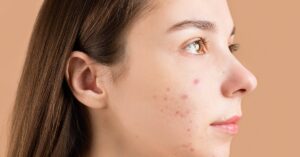
Causes of Fungal Acne:
Although the precise etiology of fungal acne is unknown, a number of things can lead to its occurrence. Here are a few potential reasons:
1.Malassezia overgrowth: Malassezia is a naturally occurring fungus on the skin that feeds on the oils produced by the sebaceous glands. When there is an overproduction of sebum or an imbalance in the skin’s natural oils, it can lead to the proliferation of Malassezia, resulting in fungal acne.
2.Humid and sweaty environments: Fungal acne tends to thrive in warm, humid, and sweaty conditions. These conditions create an ideal environment for Malassezia to multiply and cause acne-like eruptions.
3.Occlusive clothing and cosmetics: Wearing tight-fitting clothing or using occlusive cosmetics that trap heat and sweat against the skin can contribute to the development of fungal acne. These environments establish an surroundings that advances the development of Malassezia.
4.Prolonged use of antibiotics or corticosteroids: Antibiotics and corticosteroids can disrupt the balance of microorganisms on the skin, including the natural defense mechanisms against Malassezia. Long-term usage of these drugs may cause the fungus to overgrow, which will then result in fungal acne.
5.Immune system vulnerability: People with HIV/AIDS or autoimmune diseases may have immune systems that are more vulnerable to infections from fungi, including fungal acne. Malassezia development is more difficult to manage when the immune system is impaired.
6.Hormonal modifications: This are, such as that which occur during puberty, menstruation, or pregnancy, can alter the sebaceous glands, causing an excess of sebum to be generated. The extra oil may foster an environment where bacterial acne may grow.
It’s important to note that fungal acne is often misdiagnosed as traditional acne, as the symptoms can be similar.
Home Remedies for Fungal Acne:
over-the-counter and prescription medications are available for treating fungal acne, many individuals prefer natural remedies due to their effectiveness and minimal side effects. In this blog post, we will explore some of the best home remedies for fungal acne treatment that you can easily incorporate into your skincare routine.
1.Tea Tree Oil:

Tea tree oil is famous for allure powerful antifungal and uncontaminated characteristics, making it an superior everyday remedy for fungal acne. Dilute any drops of tea tree lubricate in an aircraft carrier oil, to a degree coconut lubricate or jojoba lubricate, and ask it to the damaged fields utilizing an understanding pad. Leave it on for 15-20 proceedings before rinsing off. Repeat this process twice often for optimum results. However, be careful as beverage seedling lubricates can cause skin sensitivity in a few things, so it’s the main allergy test before utilizing it widely.
2.Apple Cider Vinegar:
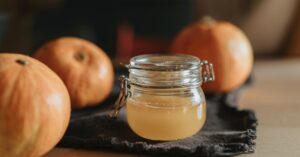
Apple cider vinegar (ACV) is a versatile ingredient that possesses antifungal properties, making it effective in treating fungal acne. Apply the solution with a cotton ball by combining ACV and water in equal amounts. Allow it to stay for 10 to 15 minutes before rinsing with lukewarm water. ACV helps restore the skin’s pH balance and prevents the growth of the Malassezia yeast, thus reducing fungal acne breakouts. However, as ACV is acidic, it’s crucial to dilute it to avoid skin irritation.
3.Aloe Vera Gel:
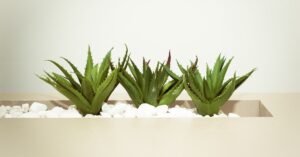
The effects of fungal acne can be lessened by the calming and healing qualities of aloe vera gel. Apply new coagulate from an aloe vera leaf instantly to the distressed areas. Allow it to stand in place 20-30 proceedings before rinsing. The antagonistic-instigative traits of aloe vera aid in the decline of blooming and sensitivity contributing fungal acne. It also aids in healing the skin and preventing scarring. Incorporate this remedy into your daily skincare routine for optimal results.
4.Garlic:

Garlic holds a compound named allicin, that exhibits forceful antifungal features, making it a productive remedy for fungal blemishes. Crush any garlic cloves and apply the liquid squeezed from the plant straightforwardly to the stirred fields. Leave it on for 10-15 notes before rinsing off accompanying water. Garlic can be potent and may cause skin irritation, so it’s advisable to patch test and dilute the juice with water if needed. To fight fungal acne, use this medication a few times each week.
5.Yogurt:
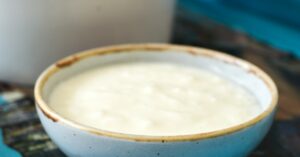
Yogurt contains live cultures and probiotics that help restore the balance of good bacteria on the skin and combat fungal infections. Leave plain, unsweetened yoghurt on the afflicted regions for 20-30 minutes. Rinse and pat dry with lukewarm water. Yoghurt can help prevent fungal acne outbreaks and promote better skin when used on a regular basis. Remember to use plain yogurt without any additives or flavors.
6.Turmeric:
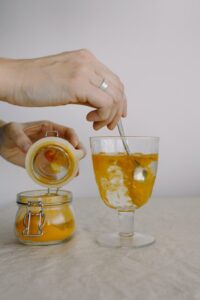
Turmeric is a natural spice that possesses potent antibacterial and anti-inflammatory properties, making it beneficial for treating fungal acne. Combine a teaspoon of turmeric powder and a couple of drops of water to produce a paste. Apply the paste to the troubled regions, then leave it there for 15 to 20 minutes. Rinse gently with warm water. In addition to fighting infection, turmeric also lessens the swelling and redness brought on by fungal acne.
7.Honey:

Raw honey has antibacterial and antifungal properties that may help with fungal acne. Apply a thin coating of honey to the afflicted regions and allow it to sit for 15-20 minutes before washing. This can be finished every now and then a day.
8.Antifungal Essential Oils:
Essential oils with antifungal characteristics include lavender, oregano, and thyme. Apply a few drops of these essential oils to the afflicted regions after diluting them in a carrier oil. Allow for at least 15-20 minutes prior to washing. To check for skin sensitivity, perform a patch test first.

9.Oregano Oil:
Dilute oregano lubricant accompanying a carrier lubricate, to a degree brownish lubricate, and apply it to the affected fields utilizing a cotton ball. Oregano lubricate has antifungal possessions that can help combat the fungus generating fungal blemishes.
10.Virgin coconut oil:
Spread this on the afflicted regions and let it on all night. Lauric acid, a component of coconut oil, has antifungal qualities that can help against the yeast that causes fungal acne.
11.Baking Soda:
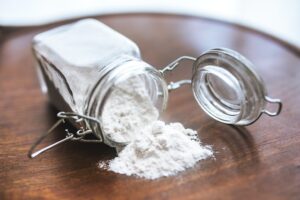
Apply a paste of baking soda and water to the affected regions. Allow for a 10-15 minute rest before washing. Baking soda can help regulate the pH of the skin and inhibit fungus development.
12.Witch Hazel:
Using a cotton pad, apply witch hazel to the afflicted regions. Witch hazel contains antibacterial and astringent qualities that can help fight off fungus infections and minimize swelling.
Conclusion:
Even though bacterial acne might be aggravating, you can successfully control and cure this common skin disease by using these natural home treatments. Keep in mind that utilizing natural therapies consistently is essential, and that it may take some time before you notice any changes. If your fungal acne persists or worsens, it’s important to consult a dermatologist for a proper diagnosis and personalized treatment plan. Embrace these holistic remedies as part of your skincare routine, and soon you’ll be on your way to clearer, healthier skin, naturally.

